
Short Beaked Echidna
Short Beaked Echidna
Short Beaked Echidna
Have you ever heard of an animal called an echidle? It is a rare mammal that lays eggs, similar in name and appearance to hedgehogs, but different from mice and moles.Echidnas, also known as rare beasts and living fossils, actually have many mysterious things.Would you like to peek into the mysterious world of echidnas together?
Short Beaked Echidna Basic Infomation
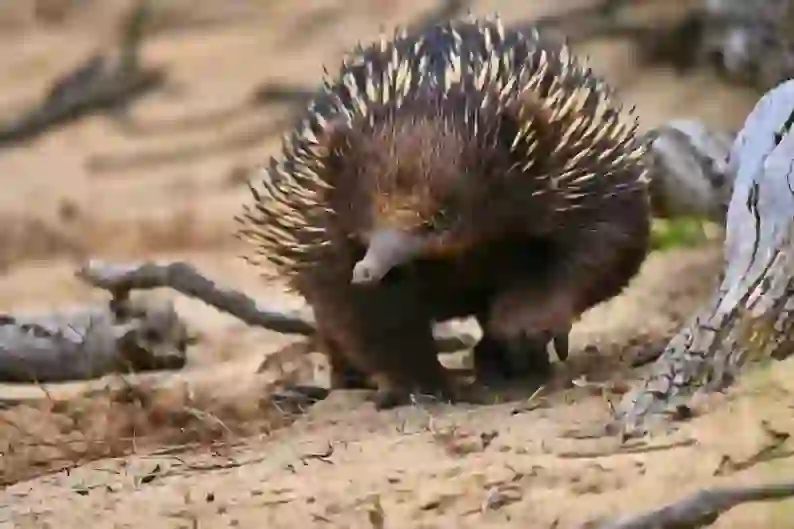
Mammalia-Monotremata-Tachyglossidae-Echidna genus.
※There is only one type of echidna belonging to the genus echidnas.However, there are other sir david’s long-beaked echidnas, eastern long-beaked echidnas, and western long-beaked echidnas.In this article, we will basically introduce the echidna that belongs to the genus echidnas.
Habitat:Indonesia in the Southern Hemisphere, Australia, part of the island of New Guinea.
Length:30~45cm weight:2~8kg body temperature:about 33 degrees.
Echidnas are rare animals that have the characteristics of both mammals and reptiles, called "monotremes".And monotremes have the following characteristics.
①Babies breastfeed(features of mammals.) ② Take out all the poop, pee, and eggs through one hole, the "cloaca". The way of sleep does not have a clear REM / non-REM sleep (characteristic of reptiles.) The back of the echidna is covered with short hairs and thorns. It also has an elongated proboscis of about 7.5 cm, with a nose and a small mouth at the tip. By the way, this elongated proboscis is sometimes called a long nose, beak.
Next is the echidna ears, which are found on both sides of the head, but do not have earlobes.
It can only open its mouth about 5mm and has no teeth, but it quickly sticks out and retracts its sticky, 18cm-long tongue to catch and eat ants and other insects. This long tongue can stop blood flow and harden, allowing it to pierce through soil or dead wood to catch ants and termites.
Actually, the echidna has no stomach, and the male echidna has a penis with four tips. It also has no sweat glands and cannot regulate its body temperature. Therefore, it is not good at heat or cold.
When the female echidna approaches the breeding season, a pouch-like structure called a brood pouch develops on her belly, where she raises her young. The echidna’s brood pouch is different from the marsupium of marsupials like kangaroos, as it is characterized by folds of skin and muscle on the abdomen.
After mating, the female digs a burrow for raising her young during the 21-28 day gestation period. Then, when the fertilized egg grows to about 2mm in size, she lays it on her back. The egg has a soft shell like reptiles (except crocodiles) and marsupials. The laid egg enters the brood pouch. The temperature of the brood pouch rises when she is holding the egg.
When the eggs reach about 14-16 mm in size, they hatch in about 10 days. Baby echidnas are called puggles, and newborn babies are about 1.5 cm long, weigh 0.3-0.4 g, and have no fur yet.
Echidnas, the monotremes, do not have nipples. How do baby echidnas drink their mother’s milk then?Actually, the female monotremes’ milk comes out directly from the mammary glands on the front end of the brood pouch.The babies cling to their mother’s belly and drink the mother’s milk that seeps out. The mother’s milk is pink and contains a lot of fat, protein and iron.
The babies are raised in the brood pouch for about 45 days, and when they grow fur and spines and resemble the adults, they are kicked out of the brood pouch. Then they are weaned after about 200 days of nursing and become independent at about one year old.
The weaned echidnas start to hunt for their own food. They live on the ground and eat ants, termites and other insects. They do not live in a specific burrow, but move around as they search for food.
Echidnas use their strong claws and pointed snouts to dig holes to hide from predators or to find food in the soil. Echidnas are diurnal, but they can become nocturnal when it is hot. They also hibernate when it gets cold.
Echidnas reach sexual maturity at 5 to 12 years old and have a breeding season once every 2 to 6 years. The season depends on the region they live in, but they mainly look for mates between May and September. The females mark their cloaca with a scent, and the males start courting them when they smell it. This courting behavior is actually very interesting! That’s because the males who smell the female’s scent follow her in a line of several, sometimes up to 10, echidnas. This is called an “echidna train” because it looks like a train. The end of the train is where the female lies on her back. The males dig a circular trench around the female and try to attract her attention by pushing the other males out of the circle. The strongest male who remains in the circle mates with the female. Then the egg is fertilized and a new life is born. Echidnas can live up to 40 to 45 years in the wild and up to 50 years in captivity. They are small animals, but they live very long.
Short Beaked Echidna Q&A

Features of the body of the echidna.
Echidnas are rare animals that have the characteristics of both mammals and reptiles, called "monotremes".And monotremes have the following characteristics.
①Babies breastfeed(features of mammals.) ② Take out all the poop, pee, and eggs through one hole, the "cloaca". The way of sleep does not have a clear REM / non-REM sleep (characteristic of reptiles.) The back of the echidna is covered with short hairs and thorns. It also has an elongated proboscis of about 7.5 cm, with a nose and a small mouth at the tip. By the way, this elongated proboscis is sometimes called a long nose, beak.
Next is the echidna ears, which are found on both sides of the head, but do not have earlobes.
It can only open its mouth about 5mm and has no teeth, but it quickly sticks out and retracts its sticky, 18cm-long tongue to catch and eat ants and other insects. This long tongue can stop blood flow and harden, allowing it to pierce through soil or dead wood to catch ants and termites.
Actually, the echidna has no stomach, and the male echidna has a penis with four tips. It also has no sweat glands and cannot regulate its body temperature. Therefore, it is not good at heat or cold.
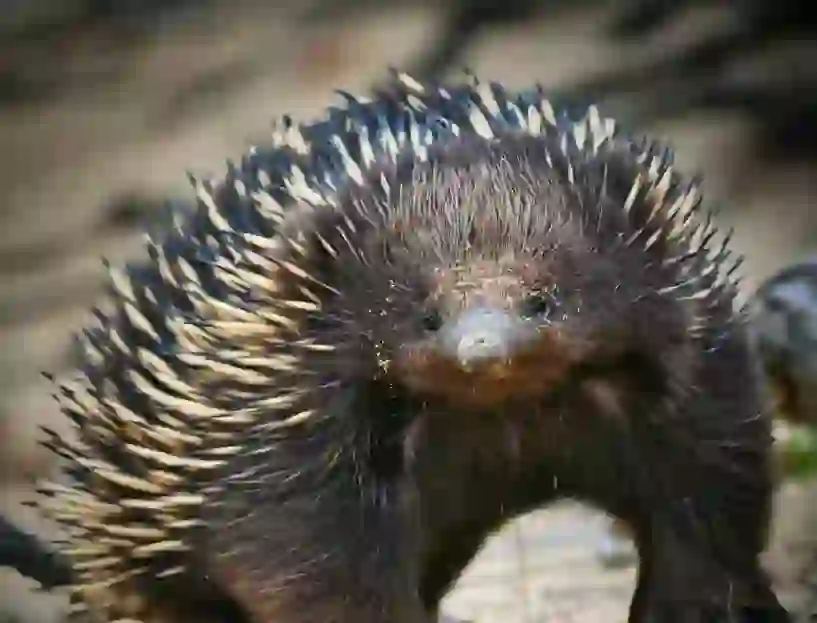
The life of an echidna.
When the female echidna approaches the breeding season, a pouch-like structure called a brood pouch develops on her belly, where she raises her young. The echidna’s brood pouch is different from the marsupium of marsupials like kangaroos, as it is characterized by folds of skin and muscle on the abdomen.
After mating, the female digs a burrow for raising her young during the 21-28 day gestation period. Then, when the fertilized egg grows to about 2mm in size, she lays it on her back. The egg has a soft shell like reptiles (except crocodiles) and marsupials. The laid egg enters the brood pouch. The temperature of the brood pouch rises when she is holding the egg.
When the eggs reach about 14-16 mm in size, they hatch in about 10 days. Baby echidnas are called puggles, and newborn babies are about 1.5 cm long, weigh 0.3-0.4 g, and have no fur yet.
Echidnas, the monotremes, do not have nipples. How do baby echidnas drink their mother’s milk then?Actually, the female monotremes’ milk comes out directly from the mammary glands on the front end of the brood pouch.The babies cling to their mother’s belly and drink the mother’s milk that seeps out. The mother’s milk is pink and contains a lot of fat, protein and iron.
The babies are raised in the brood pouch for about 45 days, and when they grow fur and spines and resemble the adults, they are kicked out of the brood pouch. Then they are weaned after about 200 days of nursing and become independent at about one year old.
The weaned echidnas start to hunt for their own food. They live on the ground and eat ants, termites and other insects. They do not live in a specific burrow, but move around as they search for food.
Echidnas use their strong claws and pointed snouts to dig holes to hide from predators or to find food in the soil. Echidnas are diurnal, but they can become nocturnal when it is hot. They also hibernate when it gets cold.
Echidnas reach sexual maturity at 5 to 12 years old and have a breeding season once every 2 to 6 years. The season depends on the region they live in, but they mainly look for mates between May and September. The females mark their cloaca with a scent, and the males start courting them when they smell it. This courting behavior is actually very interesting! That’s because the males who smell the female’s scent follow her in a line of several, sometimes up to 10, echidnas. This is called an “echidna train” because it looks like a train. The end of the train is where the female lies on her back. The males dig a circular trench around the female and try to attract her attention by pushing the other males out of the circle. The strongest male who remains in the circle mates with the female. Then the egg is fertilized and a new life is born. Echidnas can live up to 40 to 45 years in the wild and up to 50 years in captivity. They are small animals, but they live very long.
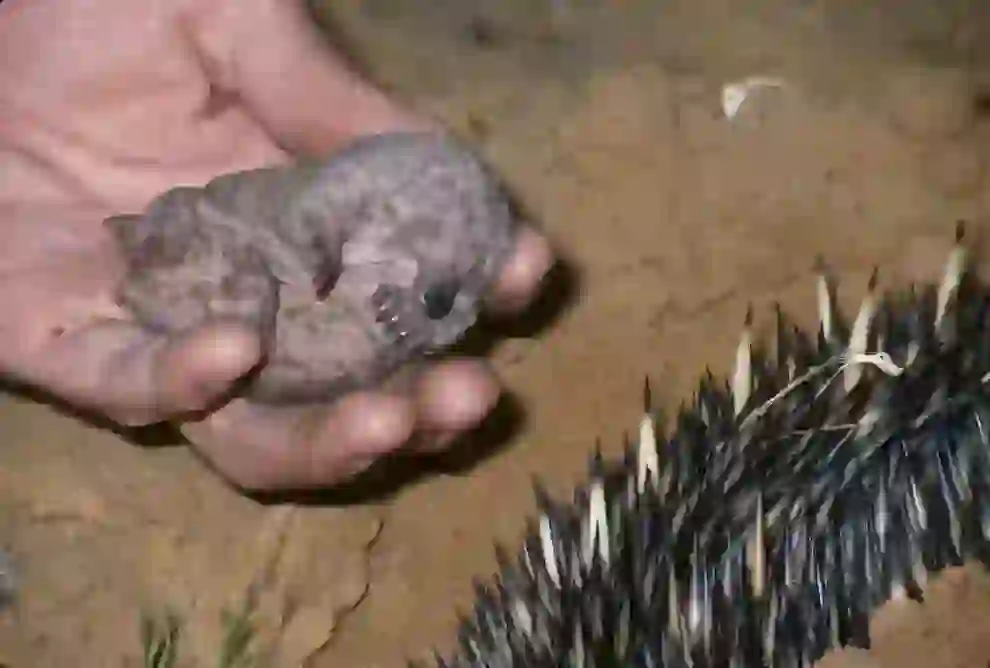
What kind of place do echidnas live?
Echidnas live in various environments, such as forests, grasslands, dry areas and tropical rainforests. They can live in various environments from forests to dry areas, as long as there are termites and ants that are their food. Echidnas do not settle in one burrow, but move around and live while looking for ants and termites that are their food.
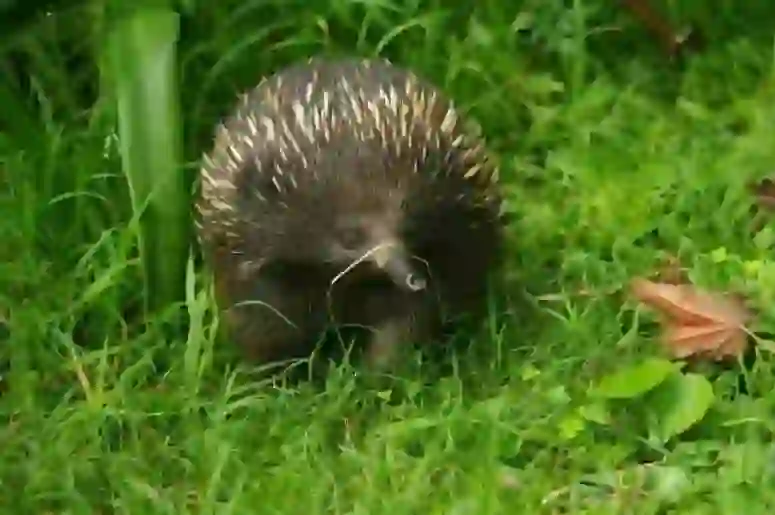
Where does the echidna get its name?
In English, it is called "echidnas", but in fact, in the case of the Japanese name, it is named "harimogura". This time, we will introduce the origin of both Japanese and English names.
First of all, the origin of the Japanese name is that the shape of the face and front legs resembles a mole, and it is named harimogura because it has a needle on its back.
※The mole is called "mogura" in the Japanese, and the needle is called "hari". Next, the origin of the English name is that this animal, which has both mammalian and reptilian characteristics, was likened to the "echidna", a monster in Greek mythology with a beautiful upper body and a snake lower body.
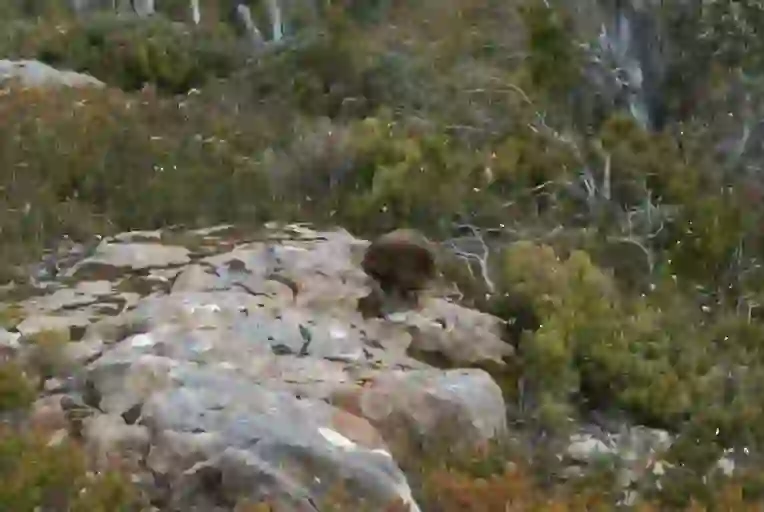
What is the difference between echidnas and western long-beaked echidnas?
Echidnas live in Indonesia, Australia, and New Guinea, but the western long-beaked echidna only lives in New Guinea. They used to live in Australia as well, but they became extinct. However, as of 2013, there is a possibility that some Western long-beaked echidnas may have survived.
The western long-beaked echidna has a larger body than the echidna, and some individuals can weigh up to 16kg.Also, the western long-beaked echidna has a longer snout than the echidna, and it looks like an anteater.
Both the echidna and the western long-beaked echidna have five toes on each limb, but the echidna has long claws on the second and third toes of its hind feet, while the western long-beaked echidna has developed claws on three toes of both its front and hind feet.
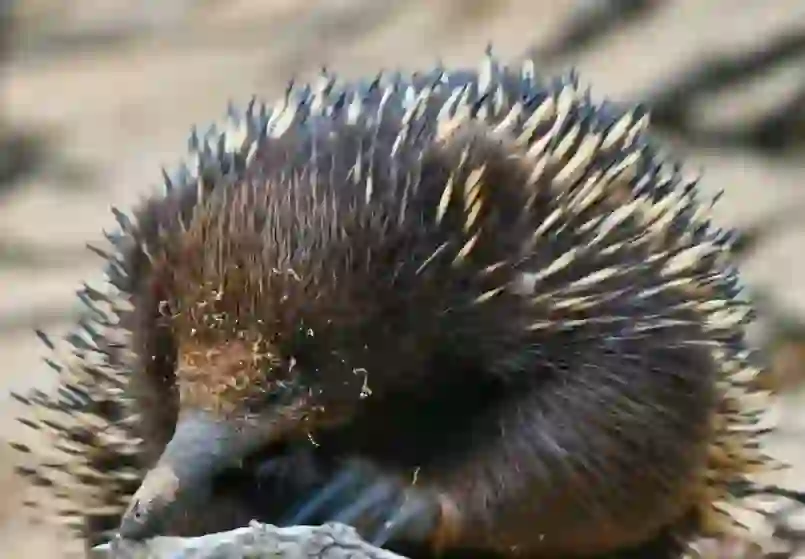
What do echidnas long claws use for?
Echidnas have very strong claws, and they use their front claws to dig holes or break ant hills. Their hind claws are backward-facing, and the second toe has a very long claw. Echidnas use this claw like a comb to remove insects and dirt trapped in their spines.

What are the characteristics of echidna thorns?
Echidnas’ bodies are covered with soft fur and cream-colored spines, except for their belly, face and limbs. The spines are modified hairs that are hollow inside, and they can move each hair with the muscles at the base. By the way, when echidnas detect predators such as reptiles, they brace their short legs with powerful claws, curl up their bodies and protect themselves with their spines. On the other hand, western long-beaked echidnas are covered with soft fur, but their spines are short and few and not noticeable. Moreover, as they get older, their fur and spines fall out, exposing their gray skin, and they look like small elephants.
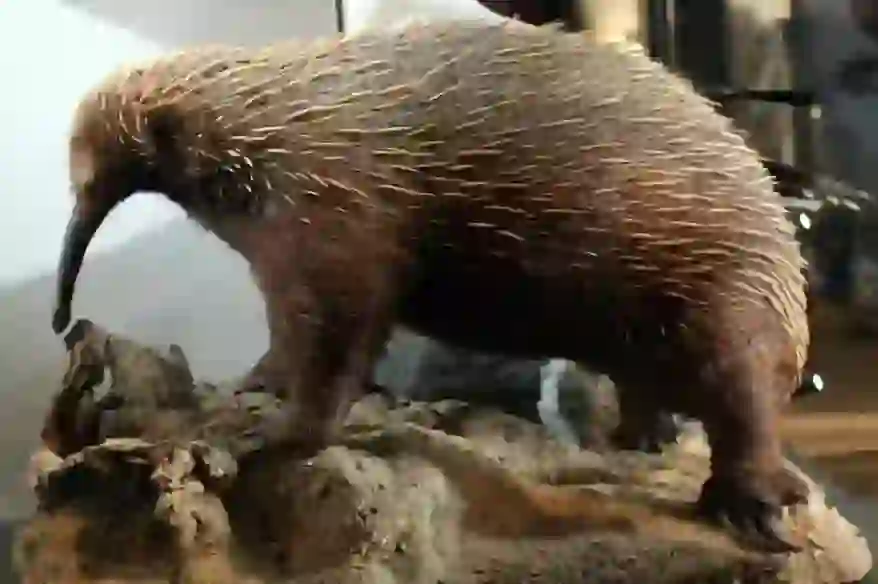
What is the difference between an echidna thorn and a hedgehog thorn?
The spines of hedgehogs and echidnas are different in length and hardness. Hedgehog spines are about 3 cm long, but echidna spines are longer and can reach up to 5 cm. Hedgehog spines can be stroked gently if you are careful, but echidna spines are thick and hard, so they are dangerous to touch.
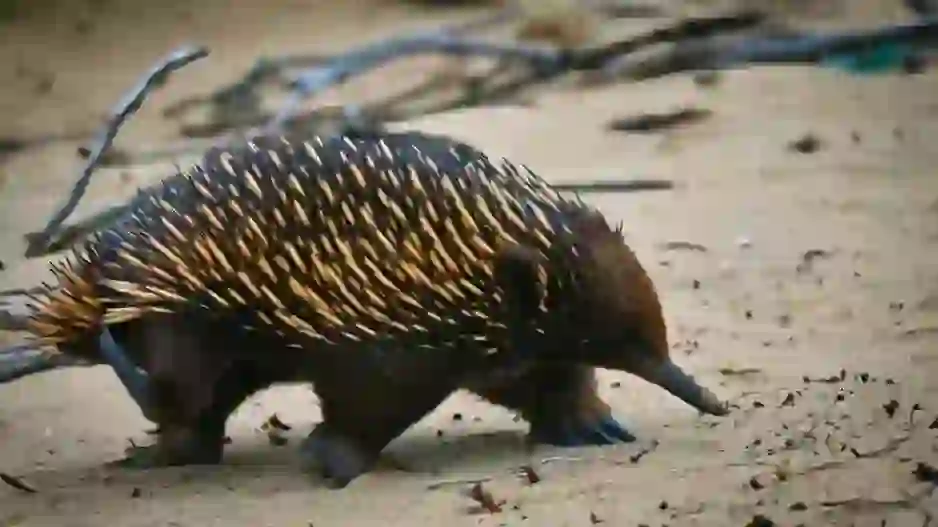
Is it true that echidnas are said to be living fossils?
It's true.
We first introduced echidnas as “monotremes”, which are mammals that have reptilian features. In fact, monotremes are said to be the descendants of animals that branched off from a common ancestor with birds and reptiles, and their history is very old and the most primitive group. That’s why echidnas are called living fossils.
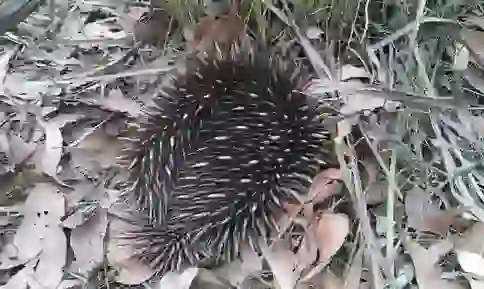
What makes the echidna different from the same monotreme platypus?
Platypuses and echidnas have the same ancestor, but platypuses are semi-aquatic animals that hunt in water, while echidnas live on land. Also, recent genome analysis has revealed that platypuses and echidnas have very different genes related to smell and pheromones.
This suggests that echidnas have a keen sense of smell and use it to prey on food, and that platypuses may use pheromones for communication and reproduction.

Do hedgehogs and echidnas, echidnas and moles have the same ancestor?
As it turns out, the ancestors are different.
Indeed, hedgehogs and echidnas, and echidnas and moles, have similar spines covering their backs and similar shapes. But echidnas are different from both hedgehogs and moles.
Although they evolved from different ancestors, they evolved to adapt to their environment and purpose, and as a result, hedgehogs and echidnas evolved their body hair to be firm to protect themselves from their enemies, and echidnas and moles evolved to have longer proboscis to dig in the soil, resulting in a very similar appearance. In this way, the evolution into the same shape regardless of the main is called "convergent evolution".
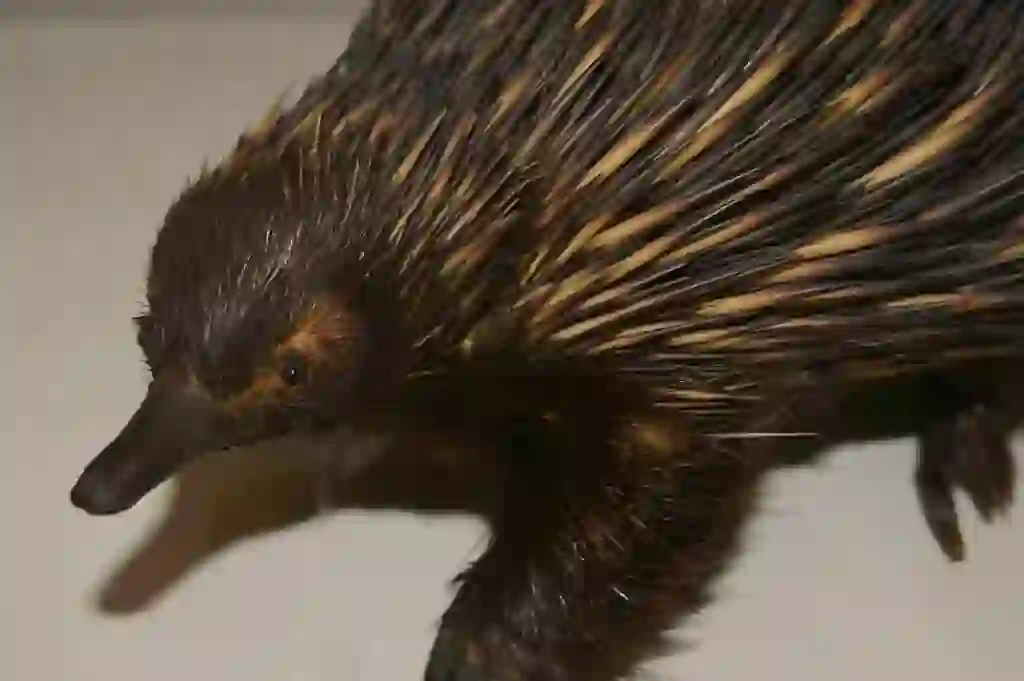
Where do echidnas sleep?
Echidnas do not have burrows except during the breeding and parenting period, and they act alone. Therefore, they sleep in soft soil, leaves, cracks in fallen trees, etc. while moving around looking for food.
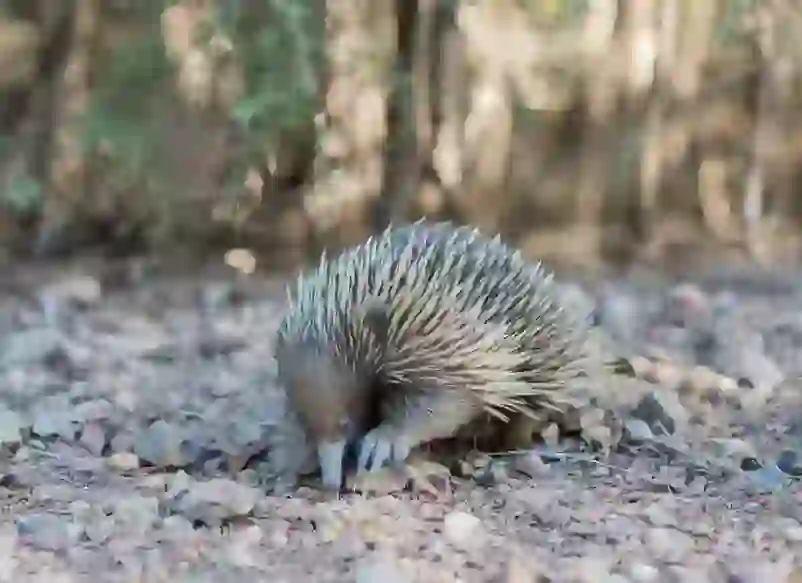
How do echidnas look for ants for bait?
Echidnas have ears that can sense low frequencies on both sides of their head. They also have sensory organs like sensors at the tip of their snout that can collect information about the surrounding environment. They also have a well-developed sense of smell. Echidnas use these to find ants and termites in the ground or in rotten wood. Echidnas sometimes bury their snouts in the ground and stay still, but they are listening to what’s going on underground.
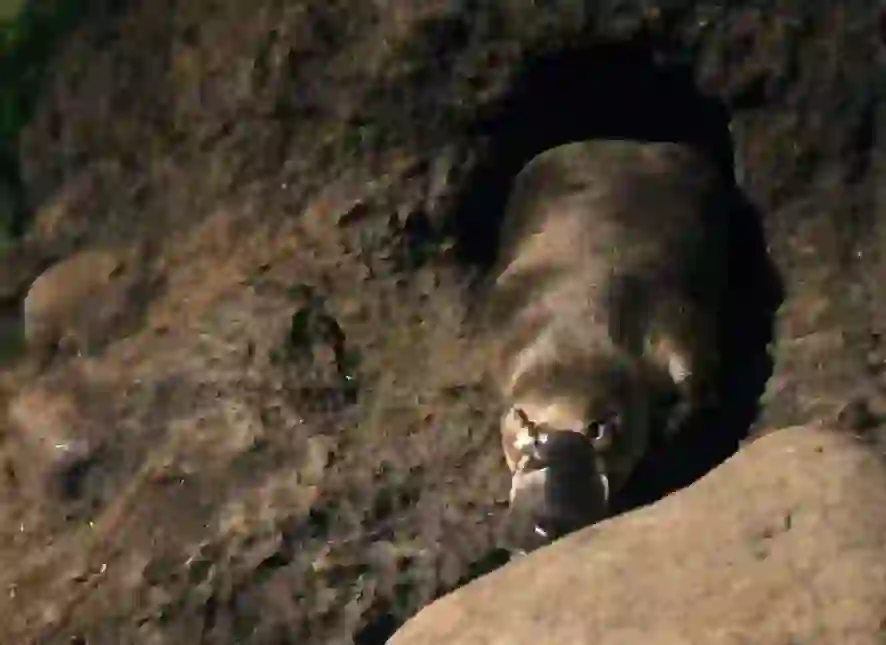
Is it true that echidnas can swim?
That’s right. Actually, the common ancestor of echidnas and platypuses was good at swimming, so echidnas are also said to be good swimmers. They stick their long snouts out of the water like snorkels and breathe through their noses at the tip of their snouts while swimming smoothly. By the way, elephants also use their long noses like snorkels when they swim.
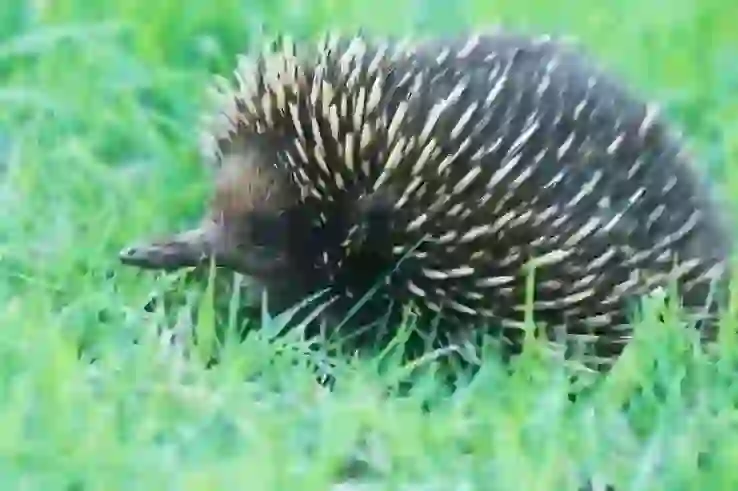
Can echidnas be kept as pets?
When breeding rare animals at home, it is necessary to follow the established laws in some countries. This time, I will introduce whether it is possible to keep an echidna at home in Japan.
To conclude, echidnas are not suitable for pets because they have a long history of living in the wild and are not easy to tame, and they are also said to be difficult to breed and keep in zoos. If you want to meet echidnas, it is recommended to visit zoos or other places that keep echidnas.
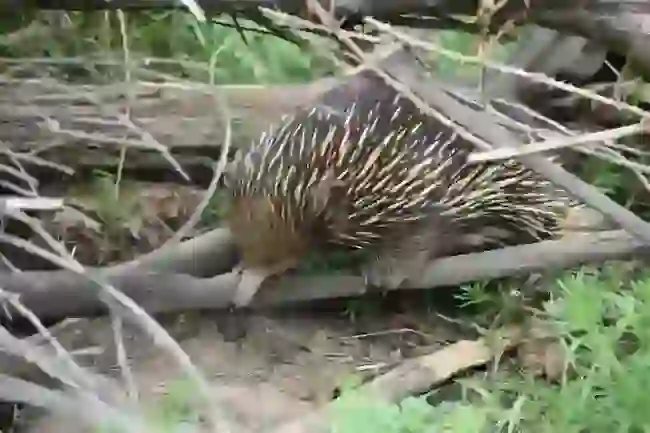
Is there a place to meet an echidna in Japan?
In Japan, echidnas are bred and exhibited at Ueno Zoo, Higashiyama Zoo, and Numazu Port Deep Sea Aquarium and Coelacanth Museum.

Would you like to become a part of the 'Animalbook.jp'?
Turn your knowledge into Q&A and share it with the world. ※Publication will be activated after purchase. Let's share information together!
Short Beaked Echidna Type of List
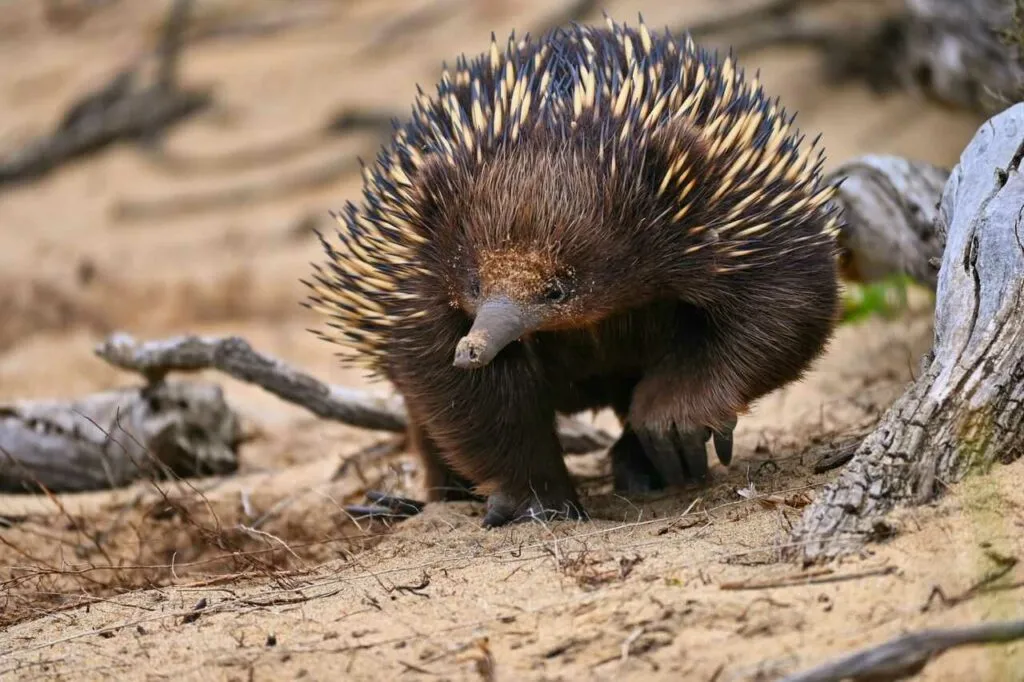
- Short Beaked Echidna
Information
Congratulations! You are the first commenter!

Create Your Favorite List!
Short Beaked Echidna
Save the animals you love! Build your own list to quickly revisit your favorites later.

Would you like to leave a comment?
※Please note: This is for the purchase of rights to post comments within the article.
Find Your Favorites!
Our shop offers a unique and attractive selection of goods themed around various animals.
Short Beaked Echidna References

- Waku Waku Tasmania https://wakuwakutas.com/echidna/
- Wikipediaハリモグラ https://ja.wikipedia.org/wiki/ハリモグラ
- natureダイジェストカモノハシとハリモグラの高精度ゲノム解読に成功/107426
- ナゾロジー哺乳類の鼻は「祖先の上アゴ」から進化したと明らかに - ナゾロジー (nazology.net)
- ログミーBizなぜハリモグラには陰茎が4つあるのか? 奇妙な単孔類の生態
- FUNDO【ハリモグラ https://fundo.jp/310059
- エレファントトークNo.051 ハリモグラ – おもしろ哺乳動物大百科 2 単孔目 ハリモグラ
- 日経サイエンスカモノハシがカンガルーから逃れた戦術〜日経サイエンス2010年2月号
- オーストラリア発 地理・歴史 -孤立した大陸- (australia.or.jp)
- Science portalカモノハシとハリモグラのゲノム解読 哺乳類進化の解明に活用へ
- GAIAPRESS ハリモグラ 睡眠健康大学 http://www.gaiapress.com/jp/article/958.html
Short Beaked Echidna Introduction of media used

出典:https://unsplash.com/photos/nIx3MSNEaYk

出典:https://unsplash.com/photos/3oADW0Ptj8c

出典:https://unsplash.com/photos/NIAqWo0-nSg

出典:https://unsplash.com/photos/30nI4vnseKc

出典:https://pixabay.com/images/id-3288632/

出典:https://unsplash.com/photos/fVTL8x8t8JE

出典:https://pixabay.com/images/id-435455/

出典:https://commons.wikimedia.org/wiki/File:Echidna,_Exmouth.jpg

出典:https://pixabay.com/images/id-3288636/

出典:https://commons.wikimedia.org/wiki/File:巣穴から出てくるカモノハシ.JPG

出典:https://pixabay.com/images/id-4311612/
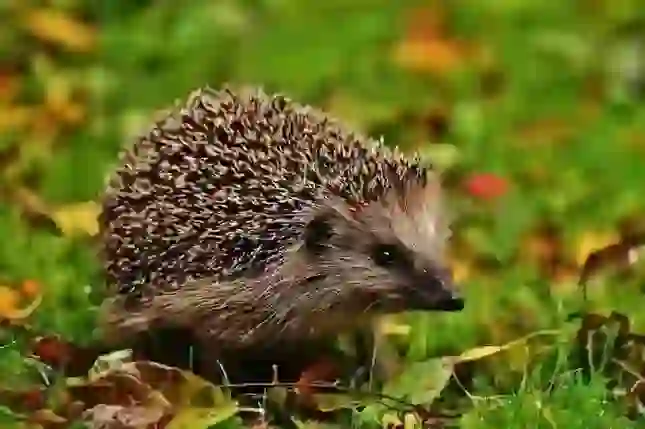
similar
出典:https://pixabay.com/images/id-1759006/
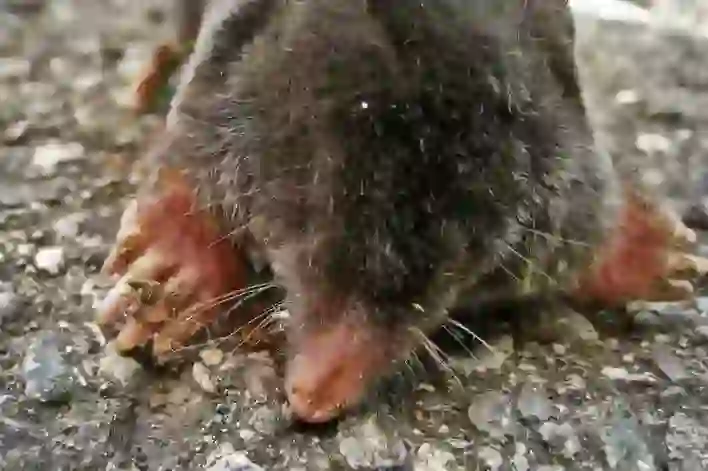
similar
出典:https://pixabay.com/images/id-1268564/

出典:https://pixabay.com/images/id-4547911/
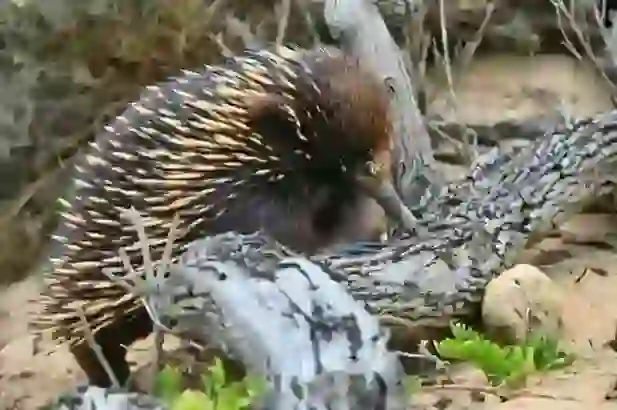
出典:https://unsplash.com/photos/27FEpXbilYE

出典:https://pixabay.com/images/id-3291699/

Help Enrich Our Animalbook.jp with Your Media!
We are constantly looking to expand and enrich our Animalbook.jp with amazing photos and videos of animals. If you have any media that you'd like to share, please contribute and help us showcase the beauty and diversity of the animal kingdom. Your submissions will be credited and featured in our encyclopedia, reaching a wide audience of animal lovers.



















